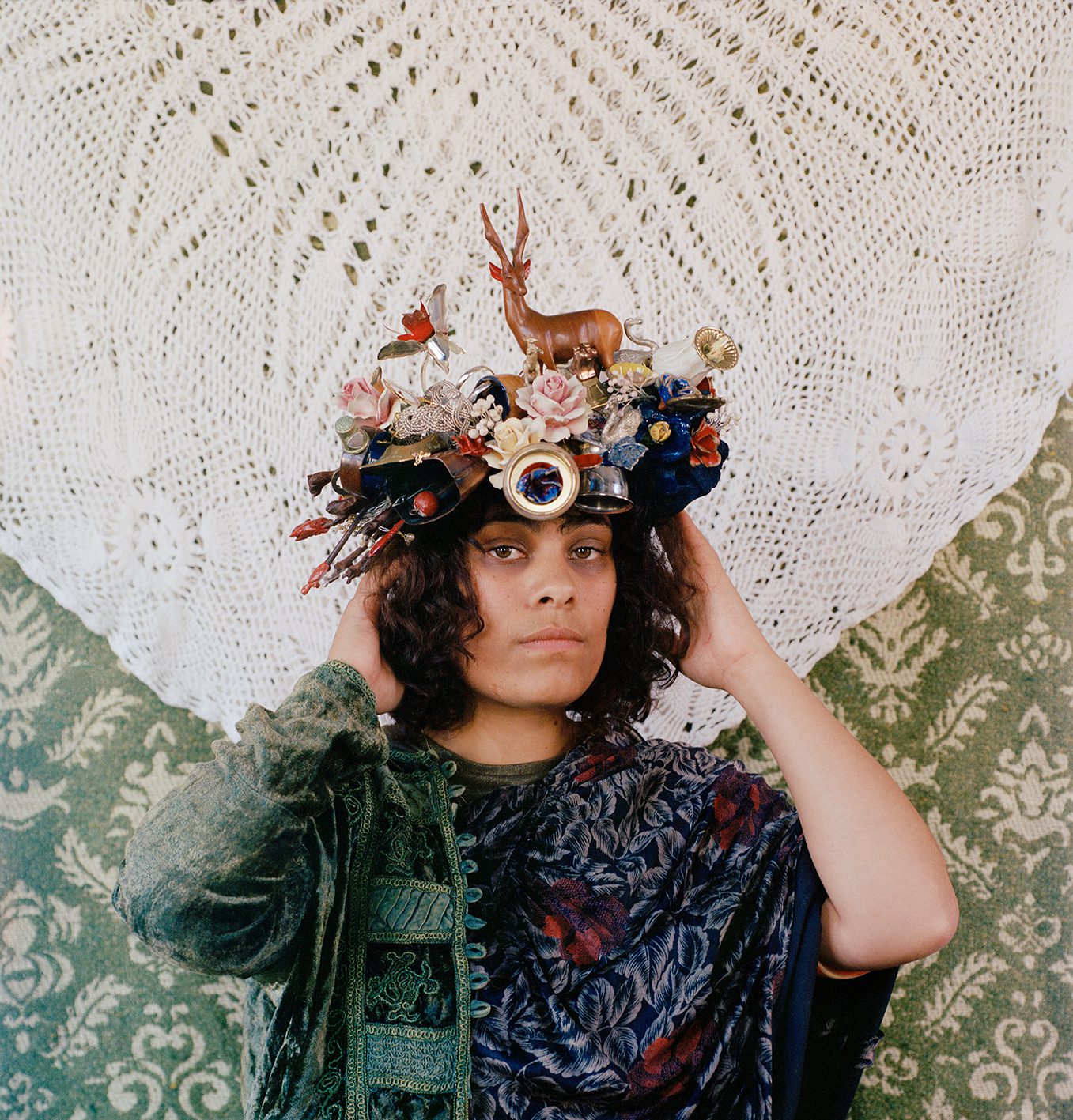The inaugural Young Artist Award of Fellbach Triennale goes to artist Stéphané Edith Conradie for her ornate sculptures and prints.

Stéphané E. Conradie, kroon, 2017, Fotografie, Courtesy: Stéphané E. Conradie, Foto: Strauss Louw
The winners of the Triennial Prize have been chosen by the Board of Trustees of the Triennial Kleinplastik Fellbach since 1980. Among others, Anish Kapoor (1995), Ayse Erkmen (1998), Tony Oursler (2001, Friedrike Klotz (2010)) and Rachel Kheedori (2013) were awarded.
This year, for the first time, the prize will be awarded to two female artists: the Triennial Prize, endowed with 5000€, to the Kuwaiti artist Monira Al Qadiri, a newly established Young Artist Prize, endowed with 2500€ to the Namibian artist Stéphané Edith Conradie.
The prizes will be awarded on Saturday, October 1, 2022 during the closing ceremony of the exhibition in the Alte Kelter in Fellbach by Mayor Gabriele Zull, the laudation will be given by the curator of the 15th Triennial Small Sculpture Fellbach Elke aus dem Moore.
The Triennial Young Artists Award honors young artists who are at the beginning of their careers. The Young Artist Award, presented for the first time this year, goes to Stéphané Edith Conradie, an artist born in Namibia in 1990 who lives and works in Cape Town.
The award, which is endowed with 2500€, is given to the artist for the two sculptures Sleepwa I and Sleepwa II (ox cart). With great intensity, the assemblages thematize intra-African migrations. The sculptures are touching in the poetic arrangement of the individual objects, which tell of the experience of flight and the desire to settle on a piece of land to call one’s own.
Author Brandaan Huighen:
« Delft tableware, miniatures of Indigenous people, porcelain puppies, decorative glasses, ornamental vases, cuddly animals, wooden animal figurines, souvenirs from colonial places, homemade curios and brass jewelry, to name a few. (…) the mixing of previously separate elements that eventually come together in a consistent, albeit multi-layered, form. (…) The objects represent nodes of settlement and settlement tropes: the foundation of a private space on a claimed piece of land that others disputed. »
Stéphané Edith Conradie’s research and practice stems from a fascination with the way people arrange emotional objects in their living spaces – looking particularly at the homes of her family members in Namibia and South Africa. Her ornate sculptures and prints explore the history(s) of colonialism and creolization embedded in domestic material culture. Conradie’s work is part of various private and public collections, including the Leridon Collection, France; the GAUTREAUX Collection, Kansas City; and the UNISA Art Gallery, South Africa.
More Editorial